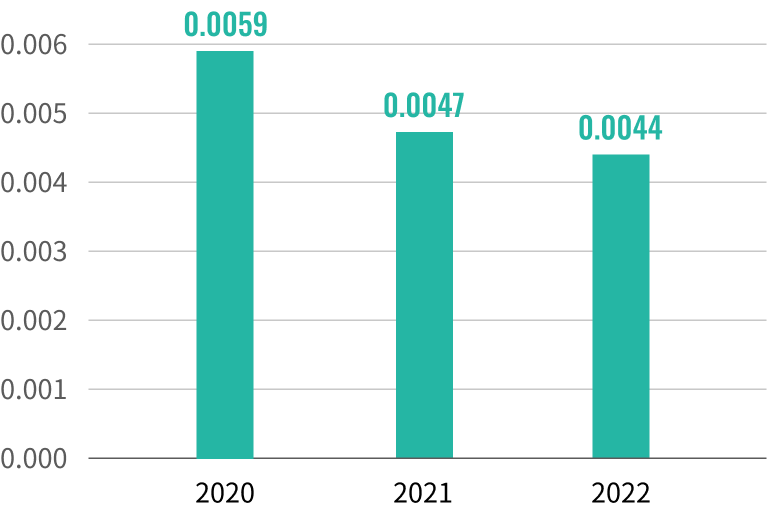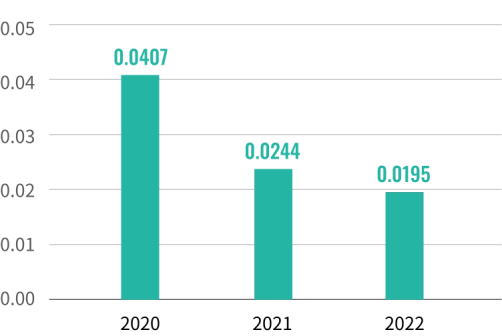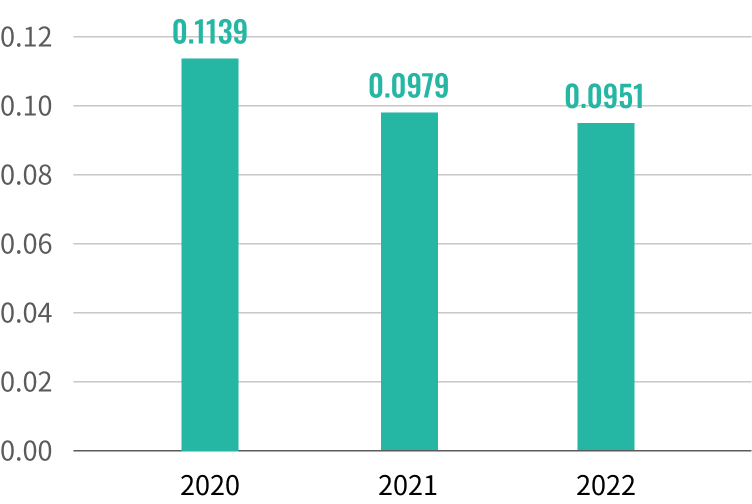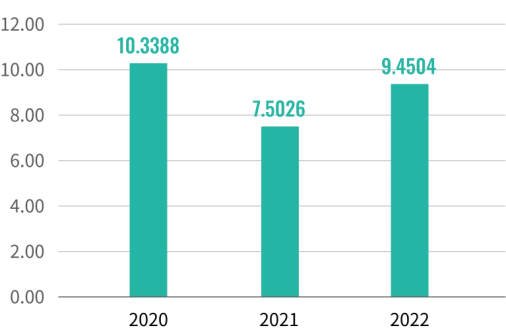Management approach to air pollution
Air pollution control strategy
The air pollutants of the Company are primarily VOCs, SOx, NOx and THC generated in the painting shop. In addition to installation of the Regenerative Thermal Oxidizer (RTO), we have been making all our efforts to eliminate air pollution by taking different air pollution control measures in recent years to prevent the employees from being affected by the air pollution, protect the health of the residents around the plant, and ensure the air quality of the surroundings. The amounts of particulate matters (PMs), SOx, NOx, VOCs emissions of Yulon Motor in 2022 were 110kg, 488kg, 2,374kg and 235,900kg, respectively. Please refer to Appendix 5 for the information on other significant gas emissions.

Historical Emissions of Air Pollutants in the Recent Three Years (tons/year)
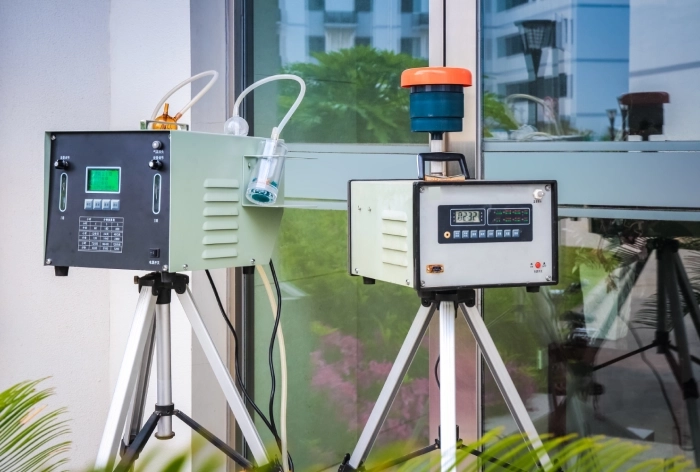
Air Pollution Control Actions
-
Natural gas is used to replace diesel as the energy for the oven burner to reduce the emissions of the suspended particles, sulfur oxides, and nitrogen oxides in the air.
-
Water curtains and negative pressure devices are used to reduce the exposure of human bodies to the volatile organic compounds generated from paint and thinner.
-
An additional display is installed to monitor the quality of the flue gas emissions generated from the boiler to control its air pollutants effectively.
-
We inspect and control the combustion efficiency of the VOC combustion furnace, boiler and oven on a regular basis. We implement the VOC reduction plan in line with the pollutant emissions reduction policies of the government.
Emissions of air pollutants in the most recent 3 years
-
Par emissions (kilograms/vehicle)

-
SOx emissions (kilograms/vehicle)

-
NOx emissions (kilograms/vehicle)

-
VOCs emissions (kilograms/vehicle)

Note 1: Data above has been filed to the Control Fees and Emissions Reporting Integrated Management System of the Ministry of Environment
Note 2: Calculation method: multiplying the amount of fuel used or amount of materials used by the“ emission intensity calculated based on the air pollution test result” or by the“ emission factors of air pollutants promulgated by the central competent authority.”




